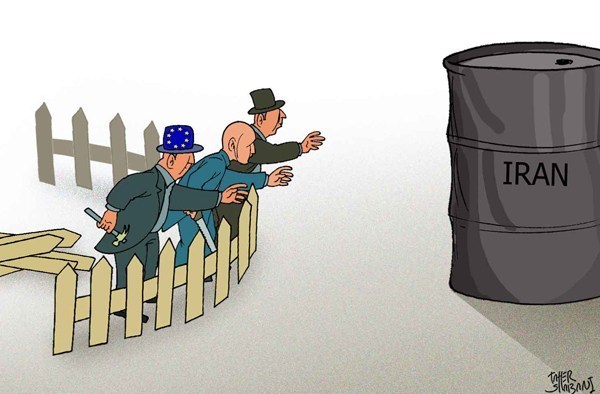Anthony Cordesman writes on Iran’s potential energy exports. A comprehensive agreement with Iran could result in the lifting of oil-related sanctions against Iran and a subsequent increase in Iran’s crude oil production and exports, although the timing and details of any suspension of sanctions are uncertain. EIA has not changed its short-term projection for Iranian crude oil production, which assumes that production will stay close to the current level.
- Iran is believed to hold at least 30 million barrels in storage. It is possible that Iran will attempt to move oil out of storage more quickly sometime during the second half of 2015 in preparation to increase production if discussions on sanctions show progress. As a result, the global market may see incremental increases in Iran’s crude oil exports before seeing a substantial increase to Iran’s production, but the pace at which oil in storage could be withdrawn is uncertain.
- EIA believes that Iran has the technical capability to ramp up crude oil production by at least 700,000 bbl/d by at least the end of 2016, of which 600,000 bbl/d represents capacity that was previously shut in and 100,000 bbl/d is new capacity.
- EIA’s current STEO projects that growth in global inventories declines from 1 million bbl/d in 2015 to 100,000 bbl/d in 2016. If Iran ramps up production by 700,000 bbl/d by at least the end of 2016, then this could result in an annual average growth of about 500,000 bbl/d in global inventories in 2016, which would stress storage capacity limits and put downward pressure on prices… OPEC nontrade liquids production, which averaged 6.3 million b/d in 2014, is expected to increase by 0.1 million b/d in 2015 and by 0.2 million b/d in 2016, led by production increases in Qatar, Iran, and Kuwait. Iran’s Potential Energy Exports

